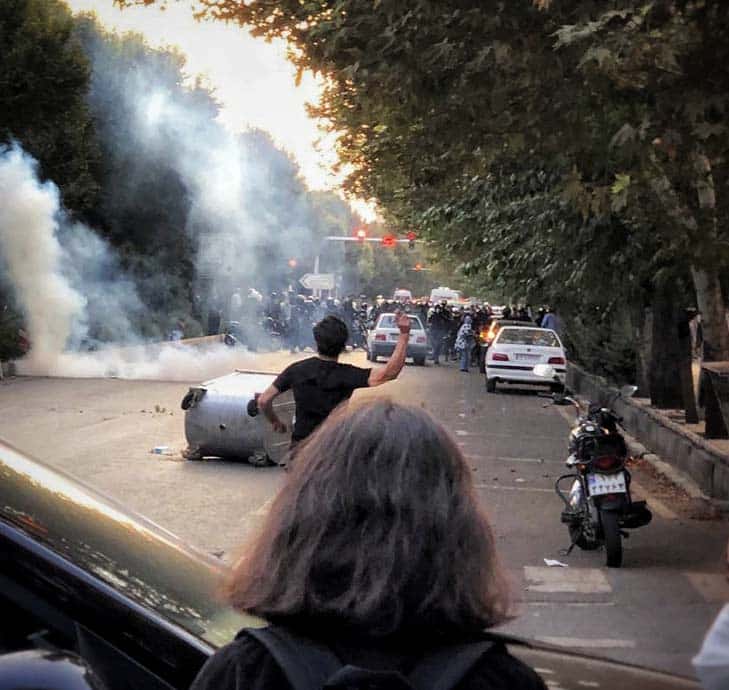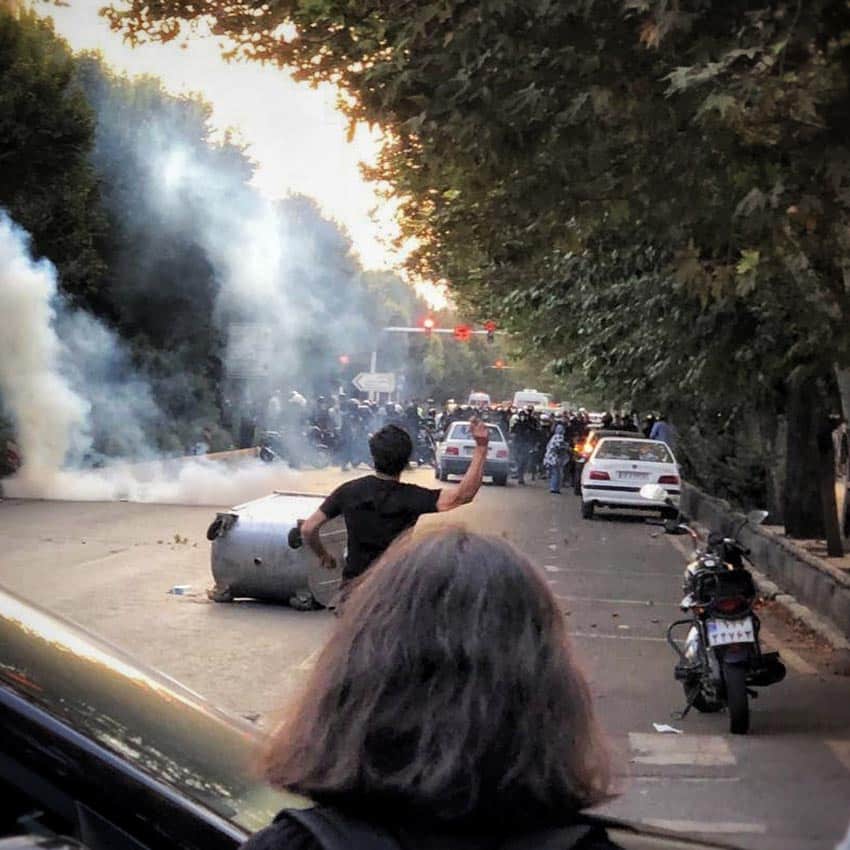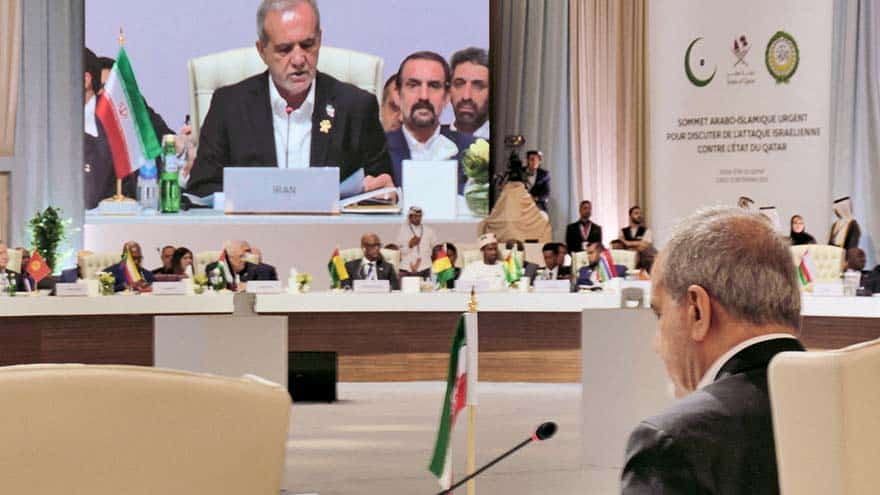Last September, Iranians were confronted with a figure that, for many, was one step too far in terms of the cost of living: the price of a kilogram of rice—a staple in both local culture and cuisine—crossed the threshold of 400,000 tomans (the currency Iranians use when converting to dollars for pricing goods), equal to about four U.S. dollars. That amounts to nearly four percent of a full monthly salary in a country where the minimum wage stands at only about one hundred dollars.
For many families, this was not just another price hike—already a routine part of the soaring cost of living—but a sense of national humiliation. Rice in Iran is not a luxury, but rather an essential of culinary culture. When the pantry runs empty, it becomes difficult to hide behind ideology or the regime’s forced security propaganda. Economic distress penetrates the very heart of the Iranian household—and it is this that shakes the foundations of the regime.
The Economy as a Mirror of Politics
Behind the dubious record price of rice lies a much broader reality. In recent years, Iran has faced a series of crises in nearly every sphere of life, including food, water, education, employment, the environment, and civil liberties. Each one on its own would be enough to worry a government already fraught with controversy, but when they all unfold simultaneously, the result is a dangerous spiral.
Since the Islamic Revolution of 1979, Iran has relied on security mechanisms rather than welfare. Oil revenues that could have funded a true civil revolution in healthcare, education, and infrastructure were directed elsewhere—toward ideological projects, nuclear development, support for proxy militias in the Middle East, and the expansion of its missile program. Meanwhile, with little left for civilian needs and clear priorities placing the regime above its citizens, a two-tiered economy emerged, and public services steadily deteriorated.
The model sustaining the regime is clear: ideological loyalty is rewarded, while economic efficiency is sidelined. Corporations owned by those tied to the Revolutionary Guards serve, first and foremost, their own interests and those of the regime—not the wider public. Even when the state enjoys high oil and gas revenues, the profits do not trickle down but are swallowed up by layers of corruption. For ordinary citizens, this translates into eroded wages, unbearable living costs, and empty store shelves.
Another reason for despair among the average Iranian family has been the surge in the price of red meat, lamb, and poultry to unaffordable levels, forcing many to abandon them entirely. And when a family cannot afford a kilogram of chicken—once a staple of daily meals—it signals a moral collapse of the government.
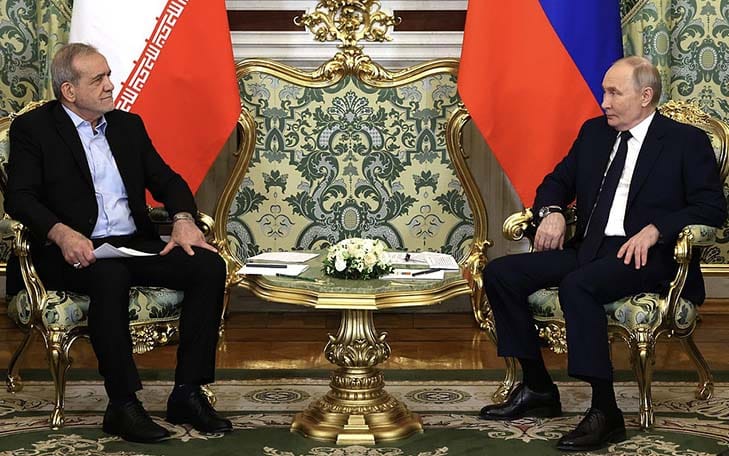
Public Trust Fades Along with the Power
The past year, and particularly this summer, revealed the depth of the collapse. Millions of households, including those in the capital, Tehran, endured power outages lasting several hours. Hospitals, public transport, and businesses ground to a halt. The government claimed it was a “plot by Iran’s enemies,” but the public found it hard to believe.
The figures lay bare the absurdity: Iran holds about 19.5% of the world’s oil and gas reserves, yet it cannot provide electricity to its own citizens. Parliamentary Speaker Mohammad Bagher Ghalibaf publicly admitted it was a management failure, and the head of the state electricity company added that the crisis would not be resolved anytime soon.
Last August, these gaps reached their peak: demand reached 80,000 megawatts, while only 62,000 megawatts were available, resulting in rolling blackouts of two to four hours a day. The economic damage was estimated at 18 trillion tomans per day, over half of which was in the industrial sector. The steel, cement, petrochemical, food, and automotive industries all suffered significant losses, with more than 80,000 workers sent on unpaid leave.
For citizens, electricity became a barometer of trust, and every power failure was seen as further proof that the state was dysfunctional. The light going out at home, in a factory, or in a hospital became a symbol of corruption and ongoing neglect.
Freedom of Expression Under Attack
Alongside the economic crisis runs a consistent pattern of political repression, which has long characterized Iran. The most recent high-profile case occurred in June, when dozens of journalists were arrested—some veteran, well-known figures and others just beginning their careers. The charges were familiar: “propaganda against the regime,” “collaboration with the enemy,” or “harming state security.”
The regime’s message was clear: criticism is unwelcome. Civil society organizations reported that thousands of media workers were interrogated or arrested over the past year, with twenty jailed for extended periods. The outcome on the ground: self-censorship, fear of publishing critical texts, and a brain drain of young journalists leaving Iran.
Repression has become not only a threat to freedom of expression but also a direct blow to public trust. When journalists are silenced, citizens understand that the regime fears the truth just as much as it fears external enemies.
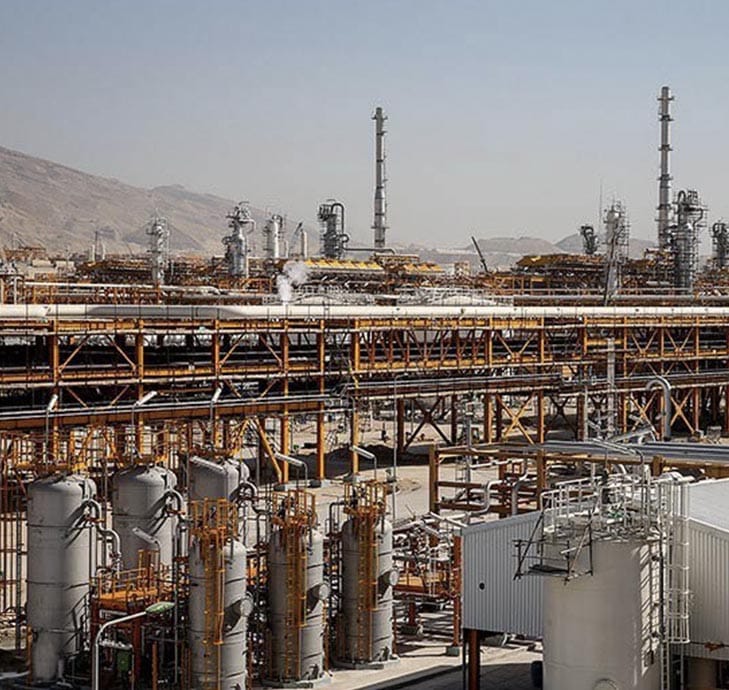
Eroded Education, Cultural Repression, and Deepening Gaps
The crisis does not stop at the economy or electricity; it also strikes at the very foundation that strengthens every society, in every country and every culture—education. According to Iran’s Ministry of Education, approximately 950,000 students have dropped out of the system, while independent sources estimate as many as two million dropouts.
The figures for adults are no less troubling: between 9 and 11.6 million Iranians are illiterate, 60 percent of them women. In rural areas, female literacy rates have dropped to just 67 percent, and UNESCO, along with the World Bank, points to the exact causes behind this alarming trend: poverty, child labor, and gender exclusion.
Many students are forced to leave school to help support their families, with girls dropping out at higher rates than boys—especially in the periphery. The classrooms that remain are often overcrowded and lack basic infrastructure. Thus, the right to education becomes a rare privilege, and social gaps only deepen, with a clear consequence: a society with millions of illiterate citizens, a faltering education system, and a young generation that feels its future has been stolen is a society losing its inner resilience.
If that were not enough, Iran is also facing a severe and prolonged drought—a 39 percent drop in rainfall compared to the average, with some provinces, such as Sistan and Baluchestan, experiencing a dramatic 73 percent decline. The result is an acute water crisis that directly affects agriculture, energy, and drinking water.
In Khuzestan province, rich in oil and gas, unemployment has reached 11 percent, making the gap between natural wealth and human poverty unbearable. For farmers who have lost their land, this is not only an environmental issue but a threat to their very existence. In the Middle East, water is not just a resource but a cornerstone of national security—and without water, there can be no stability, whether economic, social, or political.
The regime does not limit itself to economic and political restrictions; it also turns culture and social life into arenas of repression. In the city of Qom, for example, a café was shut down this past summer due to an unlicensed live music performance, and the police announced that no further licenses would be issued for similar businesses throughout the city.
The incident sparked a wave of protest on social media. For many, the closure of this small café became a symbol of a broader struggle: the right to socialize, to listen to music, and to create an independent social space. The regime, fearful of any locus of civic freedom, seeks to shut down even the smallest spaces where citizens might breathe a little more freely.
The disconnect between the government and the people is also evident in the Arak aluminum plants, where 4,000 workers have been on strike for months. Last August, they demanded the fundamental rights promised in their pay slips. Instead of real solutions, they were offered a raise of just half a dollar, prompting them to begin a hunger strike. At the same time, it was revealed that the company serves as a key supplier for military industries and nuclear centrifuges—a fact that reinforced the sense of anger and the understanding that the regime prefers to maintain its instruments of power rather than the welfare of its workers.
Even Iranian President Masoud Pezeshkian’s announcement of distributing food vouchers to the weaker sectors did not convince the public. Everyone knows: the money flows outward, to militias in the Middle East, not inward to families struggling to survive.
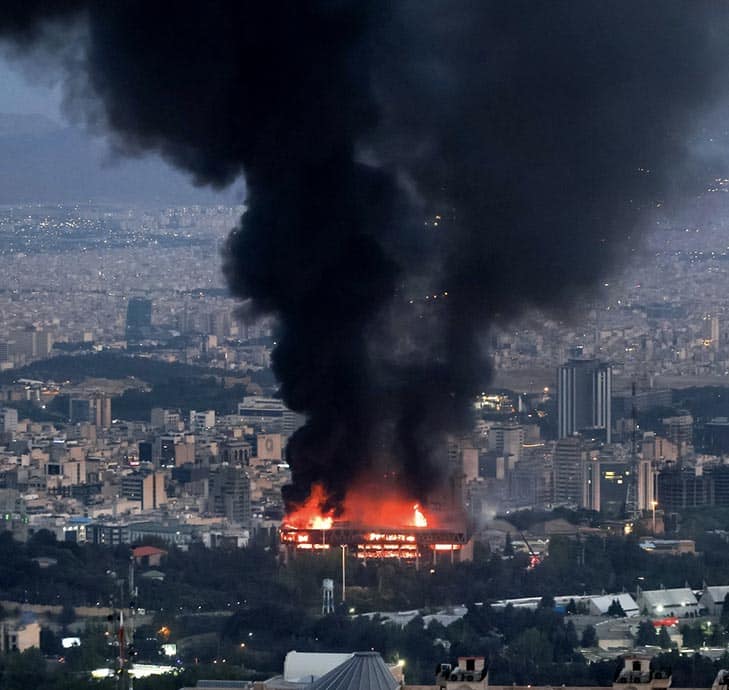
Alienation Instead of Unity
All these crises—electricity, education, water, culture, labor—gradually and consistently converge into a whole that erodes the regime’s legitimacy. As the public loses faith, promises collapse, the gap between ministerial statements and reality grows, and protests expand: strikes at factories, demonstrations over food prices, and outrage at the closure of cafés. Ethnic and gender divides sharpen as well, with women, peripheral residents, and minorities such as Baluchis and Arabs suffering more than anyone.
Instead of unity around the flag, a sense of alienation is taking shape. Repeated investments in foreign militias raise again and again the harshest question: why pour billions into Hezbollah, Hamas, and the Houthis, when at home there is no rice, no water, and no electricity?
In the short term, the regime still maintains its grip on power through the Revolutionary Guards and violent repression. But in the long run, if there is no change in the structure of the economy or the nature of the regime, the glass ceiling will crack—and may even shatter. The Iranian people, like many before them, may turn food prices, labor rights, and drought into engines of protest that undermine the very foundations of the Islamic Republic.
In the research arena, there is a sharp debate over just how stable the Iranian regime truly is in the long term. On the one hand, many view it as a model of resilience under pressure: it survives sanctions, international isolation, domestic protests, and leadership transitions while maintaining relatively tight control. On the other hand, an increasing number of cases and data from recent years suggest a deep erosion in its legitimacy and managerial capacity.
Today, Iran’s economy operates in a multi-layered structure: an official tier, where ordinary citizens struggle in an ongoing crisis, and an unofficial tier controlled by the Revolutionary Guards. This structure creates a false sense of stability that allows the regime to endure—but at the cost of undermining public trust and eroding civic services. Iran’s security apparatus remains strong, preventing rapid regime change, but the country’s economic and social crises create continuous cracks. One can also point to a sharp divide between the younger, urban, and globally exposed generation—less willing to tolerate socio-religious restrictions and economic failure—and the older generation, which favors conservatism and suppresses any attempt at reforms symbolizing progress.
International Pressure Wrapped in Politics
Into this spiral entered the Snapback mechanism, which France, Germany, and Britain decided to activate this month (September 2025), returning the Iranian regime to a state of renewed sanctions from world powers. Snapback is a mechanism whereby punitive measures that were lifted or eased are automatically reinstated if one party violates its commitments, as Iran repeatedly does about its nuclear program.
Economically, the impact is limited: Iran has already developed mechanisms to circumvent some sanctions, primarily through its ties with China and other states that are unwilling to comply with Western sanctions. Politically, however, the meaning is profound, as the pressure is no longer “American” alone, and European capitals make it clear that Tehran is the problem.
The Iranian regime responded to the decision by threatening to reduce cooperation with the International Atomic Energy Agency. It even hinted at the extreme step of withdrawing from the Nuclear Non-Proliferation Treaty (NPT), as North Korea did 22 years ago. Such a move would deepen the regime’s international isolation but allow it to try to justify further security investments to its citizens.
On Tehran’s streets, this is not just “another sanction,” but a decision that could create a credit barrier, making life harder for consumers, adding uncertainty to shopping baskets, or sparking a new wave of brain drain from universities. In this way, pressure, defined as external, actually accelerates internal erosion. At the same time, the fact that the step comes from Europe, as well as the United States, reinforces the perception that “Tehran is the problem,” not Washington or Jerusalem. Thus, Snapback could further damage the regime’s legitimacy at home and abroad, heighten public fears of military confrontation, and leave Iran facing acute diplomatic isolation on the eve of future elections—when economic pressure, social crisis, and fear of war converge into a comprehensive threat to stability.
“Rising Lion” – Vulnerability Exposed
As if internal crises were not enough, this past June, Iran was forced to contend with a military confrontation. During Operation Rising Lion (the 12-Day War), military and civilian infrastructure facilities on its territory were hit. While Snapback created a framework of diplomatic pressure, the military strike by Israel (in coordination with the United States) demonstrated how this vulnerability fuels social erosion—and how military campaigns provide yet another lever of pressure on Tehran.
While the leadership tried to present the event as a “success in repelling aggression,” reality told a different story: strategic facilities in Arak, Khuzestan, and the outskirts of Tehran were heavily damaged, several senior scientists were eliminated, and the public saw firsthand that the billions invested in defense systems did not even protect facilities deep inside the country. All this reinforced the sense of helplessness: if the state cannot defend its borders or its citizens, what does it stand on?
A State on the Fault Line
The combination of soaring living costs, a collapsing education system, unemployment, drought, cultural repression, and workers’ strikes creates, as noted, only an illusion of stability. In the short term, the regime still holds power through its security apparatus, but in the long term, the picture is entirely different.
A scenario of halting this downward slide would require channeling resources into civilian services, budgetary transparency, and reforming welfare mechanisms. A scenario of continued erosion—of sustained false stability—would leave the public facing an empty table.
The rice that has turned into gold is not merely a metaphor. It is the daily reality that embodies the Iranian crisis as a whole: when a basic staple becomes unattainable, the regime can no longer hide behind ideology or external enemies. The open question remains: will Iran manage to turn the tide, or will it be swept into a new wave of protests that shakes its foundations from within?
